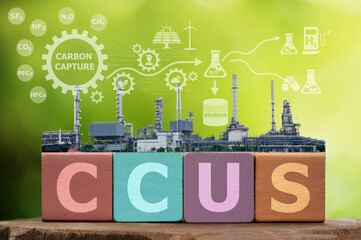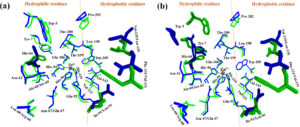
INSPIRATION
The current global production of hydrogen primarily uses fossil fuels, making it unsustainable. Popular methods like steam methane reforming and coal gasification contributes to greenhouse gas emissions, and until alternatives become cost- and power-effective, these will continue to be the main sources of hydrogen production. Incorporating CCUS, or blue hydrogen technologies drastically reduce the environmental impact of conventional production methods and increases the sustainability of the processes. These technologies are incorporated into large-scale hydrogen production venues to decrease carbon emissions or convert them into usable feedstock for other processes. For example, CCUS enables
the production of fertilizers and is useful in enhanced oil recovery (EOR). Moreover, forming solid carbon by-products is an effective method of reusing the wastes of hydrogen production. Furthermore,redirecting gaseous carbon emissions for use in other industrial processes ensures zero waste and emission loops.
US-based startup Susteon works towards producing blue hydrogen by introducing CCUS technologies. Susteon develops compact distributed H2 generators to create high-purity pressurized hydrogen while capturing CO2. This technology is based on a catalytic nonthermal plasma that activates methane to produce syngas. The syngas is purified and compressed to generate high-pressure, high-purity carbon-free hydrogen. The startup also develops nano-catalysts for carbon-free methane pyrolysis, producing blue hydrogen.
Norwegian startup Horisont Energi produces blue hydrogen.Arctic Blue Hydrogen is the startups’ product, which helps in delivering blue hydrogen to the hydrogen economy. With their carbon storage solution Polaris, the company utilizes hydrogen to produce blue ammonia to allow for transportation and storage of the blue hydrogen. The startup contributes to the widespread usage of hydrogen through the production and transportation of blue ammonia. The ammonia is cracked back to hydrogen at the destination, and besides this, ammonia by itself provides 4.02 MWh of carbon-free energy per cubic meter, contending as a powerful source of emissions-free energy.




